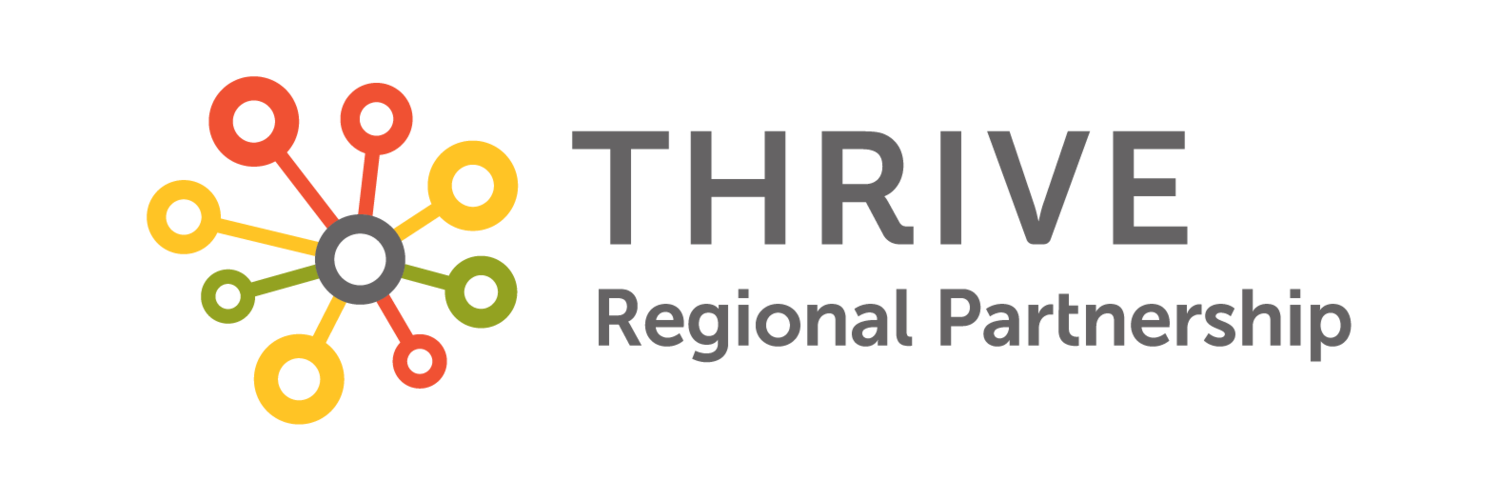Resilient Communities Program
People-led strategies for community and nature
Thrive Regional Partnership, in collaboration with the Open Space Institute is excited to launch the Resilient Communities pilot program, designed to engage residents in building nature-based solutions that address environmental challenges and enhance quality of life, especially in underserved areas.
From intense summer heat to increased severe weather such as flooding and tornadoes, communities across our region, the Cradle of Southern Appalachia, and beyond are experiencing the impacts of a changing environment.
Through community engagement and planning with the environment in mind, we can lessen these hazardous impacts and support basic community needs such as clean air and water, access to food, and shelter from storms.
Thrive Regional Partnership (Thrive) is here to collaborate with you to create local solutions to these challenges in the areas of your community that need it most.
Thanks to generous funders, the Merck Family Fund and the Footprint Foundation, the Resilient Communities program is offered at no cost to participating communities.
Additional Information:
Who can apply?
Any community, such as a city, town, county, or neighborhood, in the tri-state, 16-county Thrive region. Organizations such as nonprofits and anchor institutions (churches, schools, libraries) who convene community stakeholders are eligible. Combined applications will be considered.
What to expect:
12 months of community-wide workshops and engagement
Thematic presentations by experts in environmental science, planning, and placemaking
Unique maps that set your project in context
Getting outside in your community
Coffee and snacks
A hands-on program that empowers you to develop nature-based solutions that support your community’s future!
What’s the Result?
A resident-led plan for nature-based solutions for climate change in your community, and
An opportunity to receive seed funding to kickstart the first phase or project of your community plan.
What does a Community Team Look Like?
Strong local action comes from an inclusive network of people from diverse backgrounds and areas of your community. We recommend convening 4-5 people to lay the groundwork for inclusive, grassroots momentum. Consider inviting someone from:
the business community
a nonprofit organization
an anchor institution, such as a school or library
the healthcare sector
Ideally, this group would be a mix of people who will lead the project, conduct community outreach, manage the project resources, and add enthusiasm and inspiration every step of the way.



